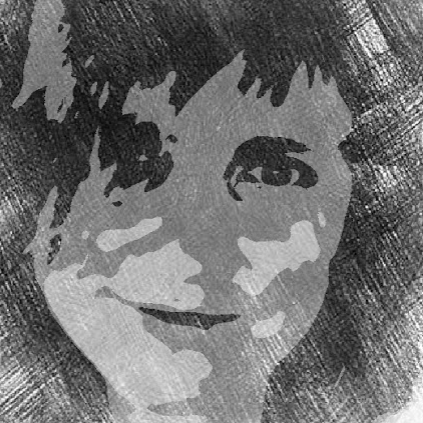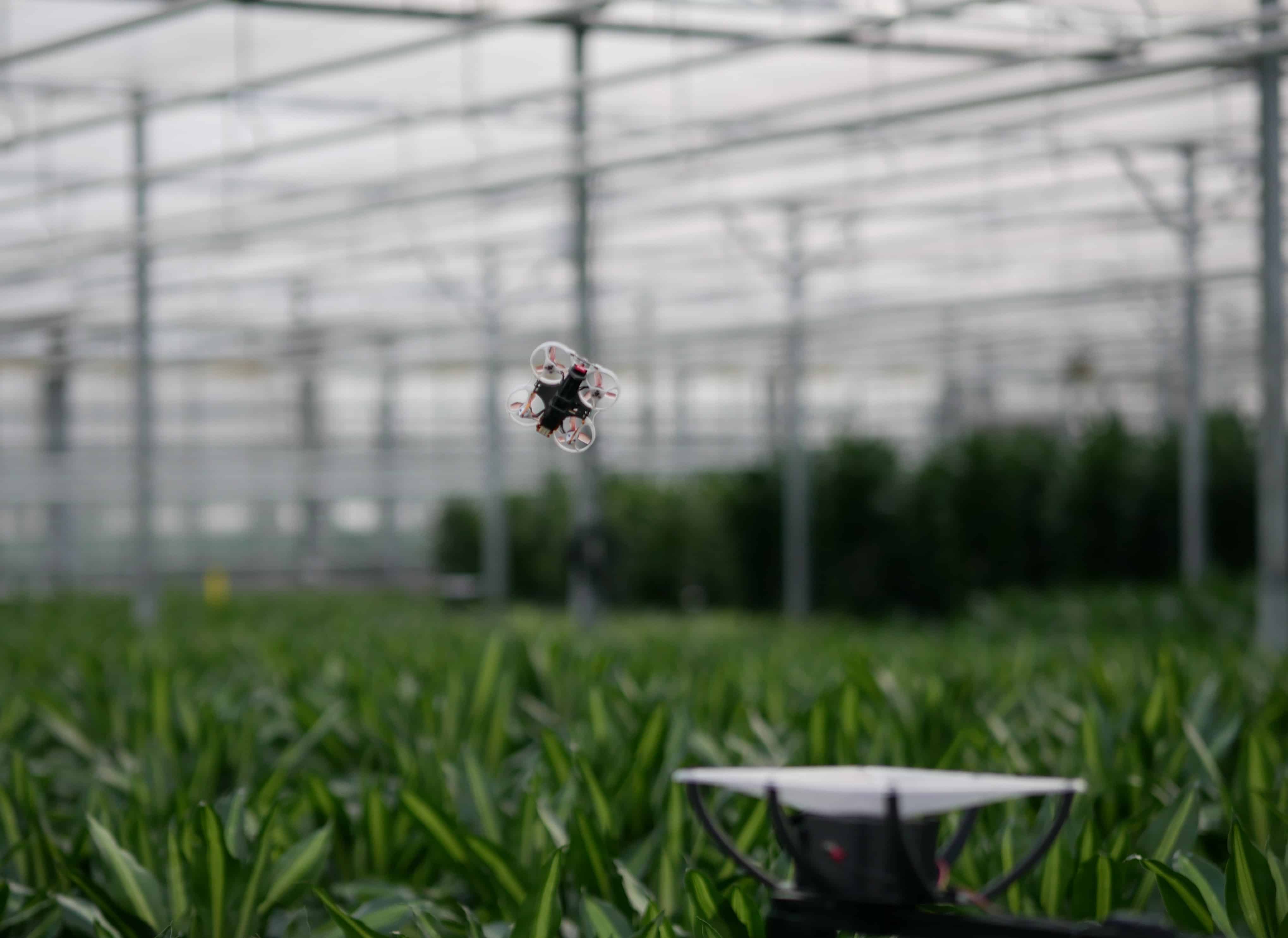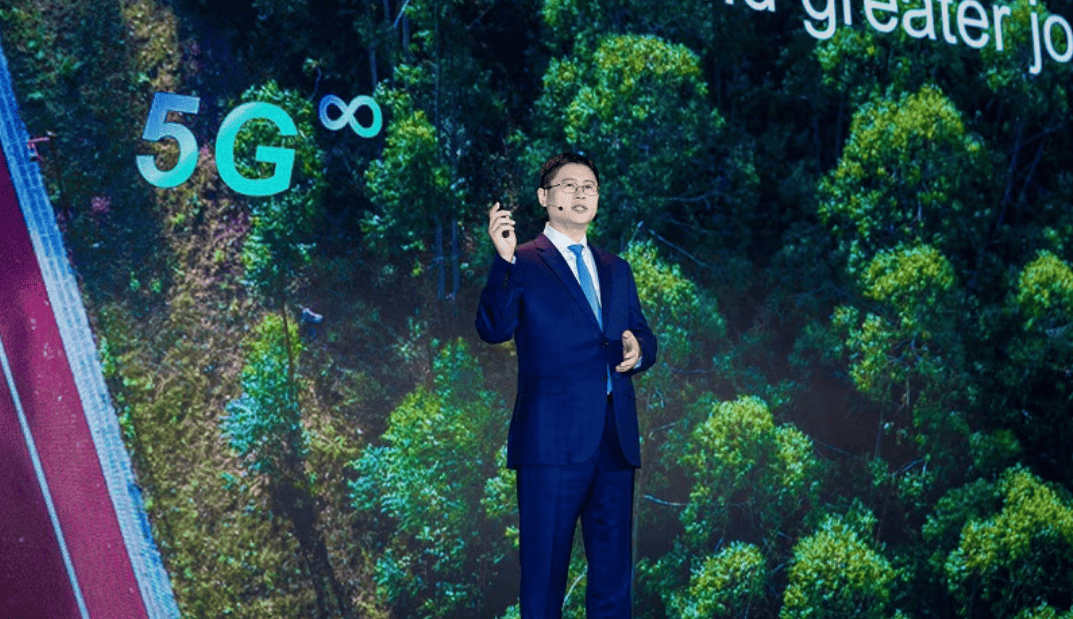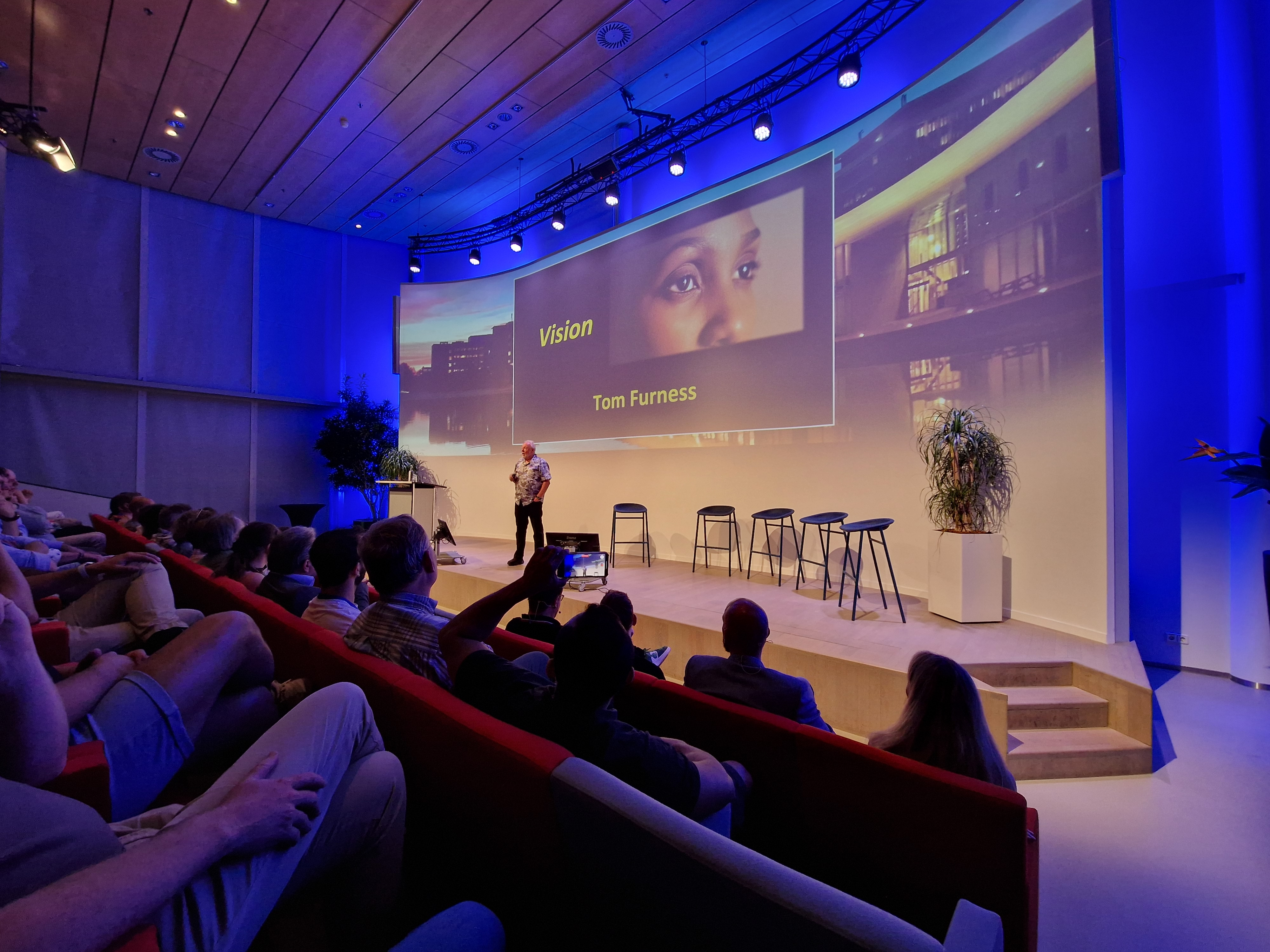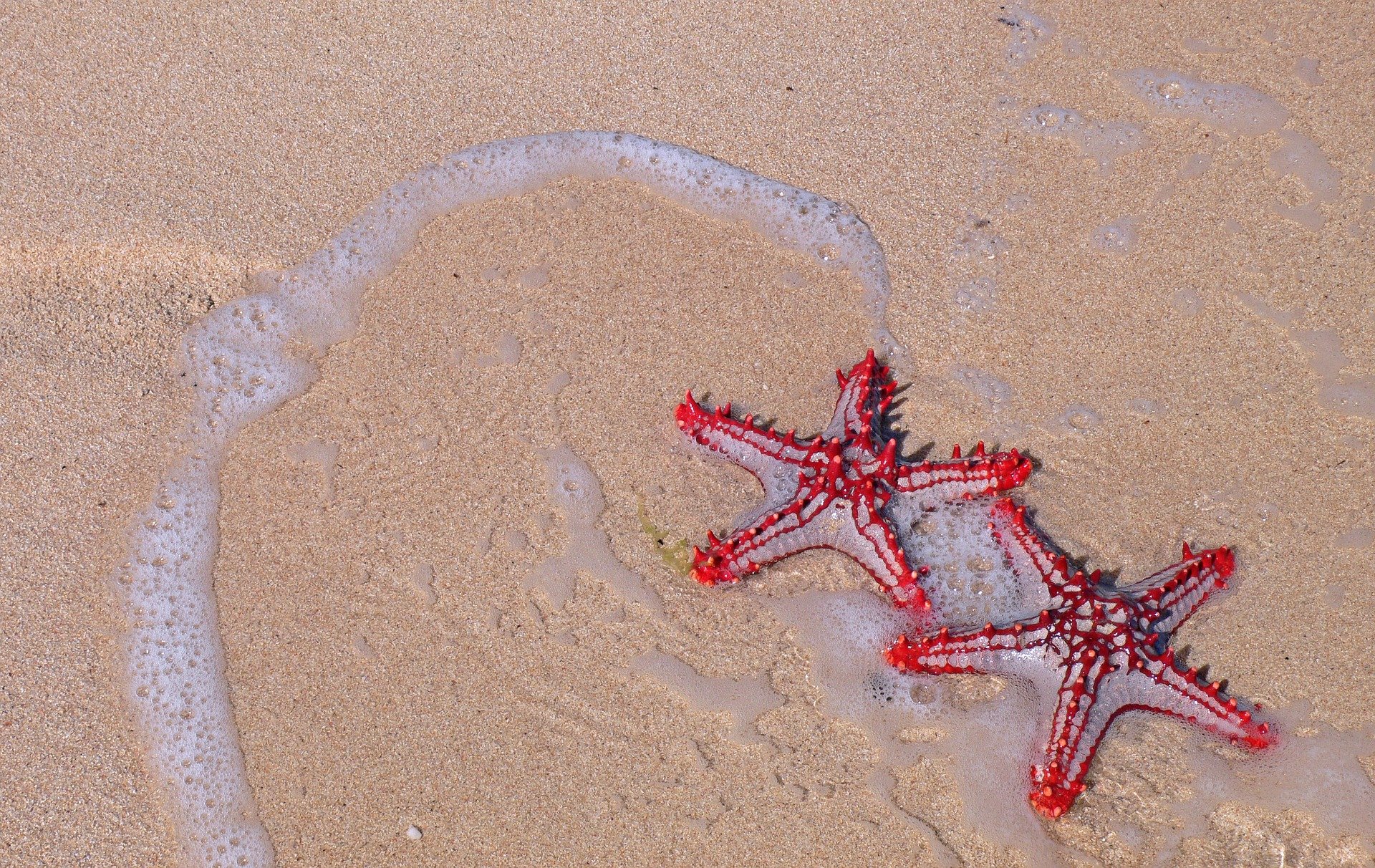
This week and last week, Innovation Origins is looking at the growing influence of wireless communication within today’s society and in particular at data transmission via electromagnetic with ever-higher frequencies, such as 5G.
There are few companies with such a remarkable history as that of the Antenna Company, founded in Eindhoven back in 2013. About twenty years ago the Flemish mathematician and botanist Johan Gielis invented a formula that can qualify all the various shapes of plants, flowers, and animals. “A starfish, a leaf, a flower: they all have a different shape, but they are all variations on one common theme.” Gielis’s formula, which is known worldwide as the Superformula, is an extension of Pythagoras’ theorem. It uses only a few variables, which, if you enter various numbers into it, will produce every shape imaginable.
“At some point, I noticed that Diego Caratelli used the formula to design the shape of antennas,” says Gielis. That was a few years after Gielis invented the formula and published it in a botanical science journal. “It was useful to him because the shape of an antenna determines the direction and consequently the effectiveness of its radiation levels.” This applies to both the transmission and reception of signals.
Delft
Caratelli then worked at TU Delft (in The Netherlands) where he completed a postdoc. From then on, Gielis and Caratelli started working together. This is how the Antenna Company came into being. “We did several exploratory studies and initially, not all of them led to a product. But that all changed from the moment we started to focus specifically on electromagnetic waves with a length of just a few millimeters, in other words, very high frequencies.”
For the global market leader in the wireless infrastructure segment for companies, Antenna Company designed an antenna system for the latest generation of ultra-fast WiFi 6 devices. These operate at frequencies between 2 and 6 gigaHertz, in line with the IEEE 802.11ax standard,” says Caratelli. And that’s where Antenna Company’s technology comes in. “Just think about it,” says Gielis, ” that a small company in Eindhoven like ours is delivering all of that.”
Eindhoven
Meanwhile, the company has grown from a few employees to an office on the High Tech Campus in Eindhoven with around thirty employees, led by an experienced management team. As well as offices in California and Taiwan, Gielis and Caratelli went on to say. Six employees are working on antennas that use higher frequencies than those that WiFi or smartphones rely on. The most interesting invention so far is the 5G antenna for the 28 gigahertz frequency. This is scheduled to become available over the next few years. The expected release date in The Netherlands is sometime in 2025 and thereafter.”
The technology developed by the Antenna Company differs from conventional antennas, Caratelli notes. He makes use of Dielectric Resonator Antenna (DRA) technology, featuring materials with the highly-favored dielectric properties so as to minimize system losses. He uses Gielis’ superformula to determine the most efficient shape for the antennas. The underlying computational techniques that are based on this formula work considerably faster and more accurately than the standard systems currently employed in the industry.
Cross-shaped blocks
The Antenna Company’s prototype of the 5G millimeter wave antenna system looks like a matrix of 8 times 8 small cross-shaped blocks. All these blocks emit high-frequency waves. Together they form a bundle – or what is commonly referred to as a beam in the industry. The individual waves amplify each other thanks to the cross shape of the antennas, and this beam can then be directed with precision by the entire system.

This is necessary because high frequencies have a relatively limited range and are easily disrupted by obstacles. “These can be trees and buildings,” Caratelli says, “but people too.” “The behavior of those frequencies is similar to that of light. When light hits an obstacle, you see a shadow,” Caratelli says. Therefore, bundling those rays into a single directional beam at high frequencies should resolve that problem.
Another obstacle that Caratelli and his team had to sort out was finding the right material with the lowest possible energy loss for all antenna systems. “We use polymers for that,” Caratelli says. In other words, plastics. “Although for even higher frequencies, we use special ceramic materials instead.”
120 degrees
A major advantage of the 5G antenna systems that Caratelli and his team are currently developing, is that the antenna has a range of 120 degrees. It rotates to where a user is standing with their smartphone waiting for a signal. Other antennas for 5G, such as patch antennas, have an aperture angle of up to 90 degrees. In order to provide 360-degree coverage of the area around the antenna, you only need three of our antenna systems, while patch antenna systems need at least four.”
“And,” Gielis adds, “the DRA antenna is smaller than a patch antenna.”
China
Some countries will use higher frequencies than, for instance, The Netherlands. Take China. They are planning to use the 37 to 43 gigahertz spectrum. The Antenna Company’s broadband antenna is also capable of handling that,” Gielis points out. “You can also use the antenna to transmit several frequencies at the same time once you adapt the design.”
“As it’s purely a matter of mathematics, the computational techniques also work for higher frequencies. For 50, or for 100 gigahertz, even for light and nanophotonics. You just have to adjust the numbers within the variables of the formula.”
After all, the way the formula works that Gielis came up with is universal. It’s something that he gets tremendous pleasure out of. “That’s the beauty of mathematics.”
Read other IO articles about 5G via this link.

